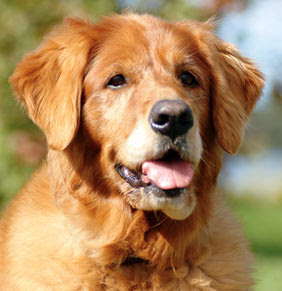
Here are some things to steer clear of during the holiday and winter season!
PLANTS
Lilies- typically found in holiday flower arrangements, several varieties can be deadly to cats. Tiger, Asian, Japanese Show, Easter, Stargazer and Casa Blanca lilies all potentially cause kidney failure in cats.
Poinsettias- contrary to popular belief ingesting this holiday flower is not severly toxic to our pets. They can be irriting to the mouth and stomach if eaten, and therefore can cause mild vomiting or nausea.
Mistletoe- when eaten, this can often times just cause gastrointestinal upset but has the potential to cause cardiovascular problems.
Holly- vomiting, nausea, diarrhea, and lethargy are the symptoms to look for if your pet eats this festive plant.
FOODS
Chocolate- in order from most toxic to least toxic- baker's, semi-sweet, milk chocolate. Keep in mind that a lot of holiday sweets are wrapped in foil and this can also be irritating to your pets GI tract as well as a potential cause for blockage.
Alcoholic beverages (hops as well, if you are brewing at home)
Coffee (grounds, beans, chocolate covered expresso beans)
Fatty foods
Salt
Yeast dough
Onions, onion powder
Moldy or spoiled food
HAZARDS AROUND THE CHRISTMAS TREE
*Christmas Tree water- sometimes contains fertilizers which can cause stomach upset. It is also a breeding ground for bacteria that can lead to vomiting, nausea, and diarrhea. Also if you have a real tree- make sure it is secure to prevent pets from knocking it over.
*Electric Cords - your pet is at risk for electrocution if chewed. Avoid exposure by hiding or covering cords.
*Ribbons or Tinsel- if ingested these linear items can get caught in the intestines and cause and intestinal obstruction
*Batteries- batteries contain corrosives that can ulcerate the mouth, tongue, and the rest of the GI tract.
*Glass ornaments- Can cut the mouth, tongue and rest of the GI tract if eaten. If your pets seem interested in ornaments- a suggestion would be to decorate the bottom third of the tree with wood or plastic ornaments that won't break.
*Burning Candles
OTHER WINTER HAZARDS
Antifreeze- unfortunately, antifreeze tastes sweet to pets, and very small amounts of it can be lethal. If you think any amount (even just a teaspoon) has been ingested by your pet, contact your vet or the ASPCA Animal Poison Control Center immediately ( 1-888-4ANI-HELP).
Liquid potpourris- some types can result in severe oral, skin, or eye issues
Ice Melting products- can be irritating to skin and mouth. Symptoms include excessive drooling, vomiting, and lethargy.
Rat and Mouse killers- used more commonly during cold weather. Just make sure they are in places your pets can not reach them.





saparks.jpeg)








